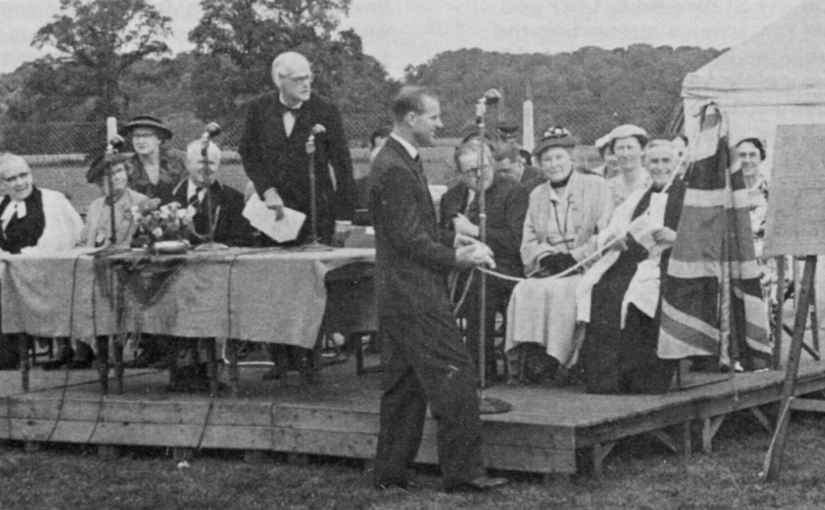Moira McQuaide history of Burpham
Now the only pub in Burpham, despite the growth of the community over the last century, the Anchor and Horseshoes has a long history. The name of the pub has varied over the years, but always included either Anchor or Horseshoes or both. But how old is it?

A map from 1675 seems to show two pubs on the London Road in Burpham, in approximately the right places to be the Anchor & Horseshoes and the Green Man, so could the pub be one of the two oldest buildings in the village?
The earliest paper records show that George Heath was the Licensed Victualler, or publican, in 1785, followed by his son James until 1826. The family ran two business – the pub and the village blacksmith. From the 1830s William Baker ran the pub, with his wife Lois, who was James Heath’s daughter. After William’s death she went on to run the business with her second husband, James Alllwright, but after his death she continued as publican on her own for another 35 years. She was the last of her family to own the pub after more than 100 years and was buried at St Luke’s Church in 1889.
“…having accommodation for travellers and persons requiring refreshment other than drink; stabling provided; for the use of the general public.”
Lois’s son William inherited the pub, but wasn’t interested in running it, so he leased the business to the Guildford brewers Lascelles Tickner. Later it was sold to Farnham United Breweries, who were taken over by Courage & Co in 1927. In 1892 the pub was described as“…having accommodation for travellers and persons requiring refreshment other than drink; stabling provided; for the use of the general public.” In 1904 it had four bedrooms and stabling for four horses. Managers came and went but the Lintott family ran the pub for almost 30 years in the mid 20th century.
A road traffic improvement scheme in the 1930s proposed putting a new road through the pub garden, which would have left the building marooned on an island between two roads. In 1954 a small plane crashed into the garden, when Kenneth Owen’s Gemini aircraft’s wing hit a row of trees and was almost sliced in two. The pub became a useful meeting place for finding tradesmen of various sorts, and it was often the starting point for stag nights for young people.Over the years it has been extended and renovated several times. However, if you look at the side of the building, from the main car park, you can see the timber frame building in the external walls, suggesting that the original pub was built earlier than 1700.

If you are willing to share your memories and/or photos to tell us more about Burpham then please contact Moira MacQuaide, either by e-mail (moira.macquaide@gmail.com) or by phone or text (07963 756543). My two books (‘The History of Burpham Primary School’ and ‘Burpham – A Gateway to Guildford’) are still available from me for £10 (free delivery locally) or on Amazon.





























